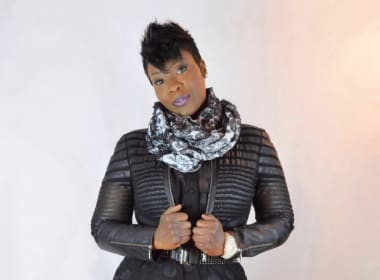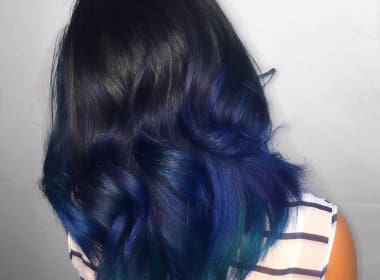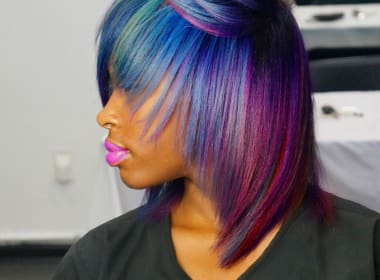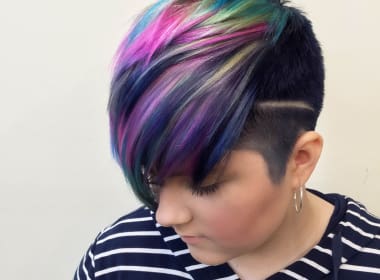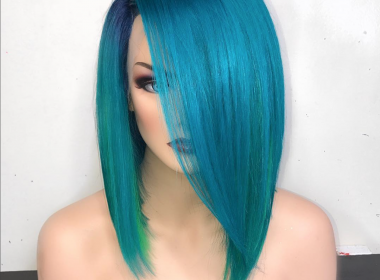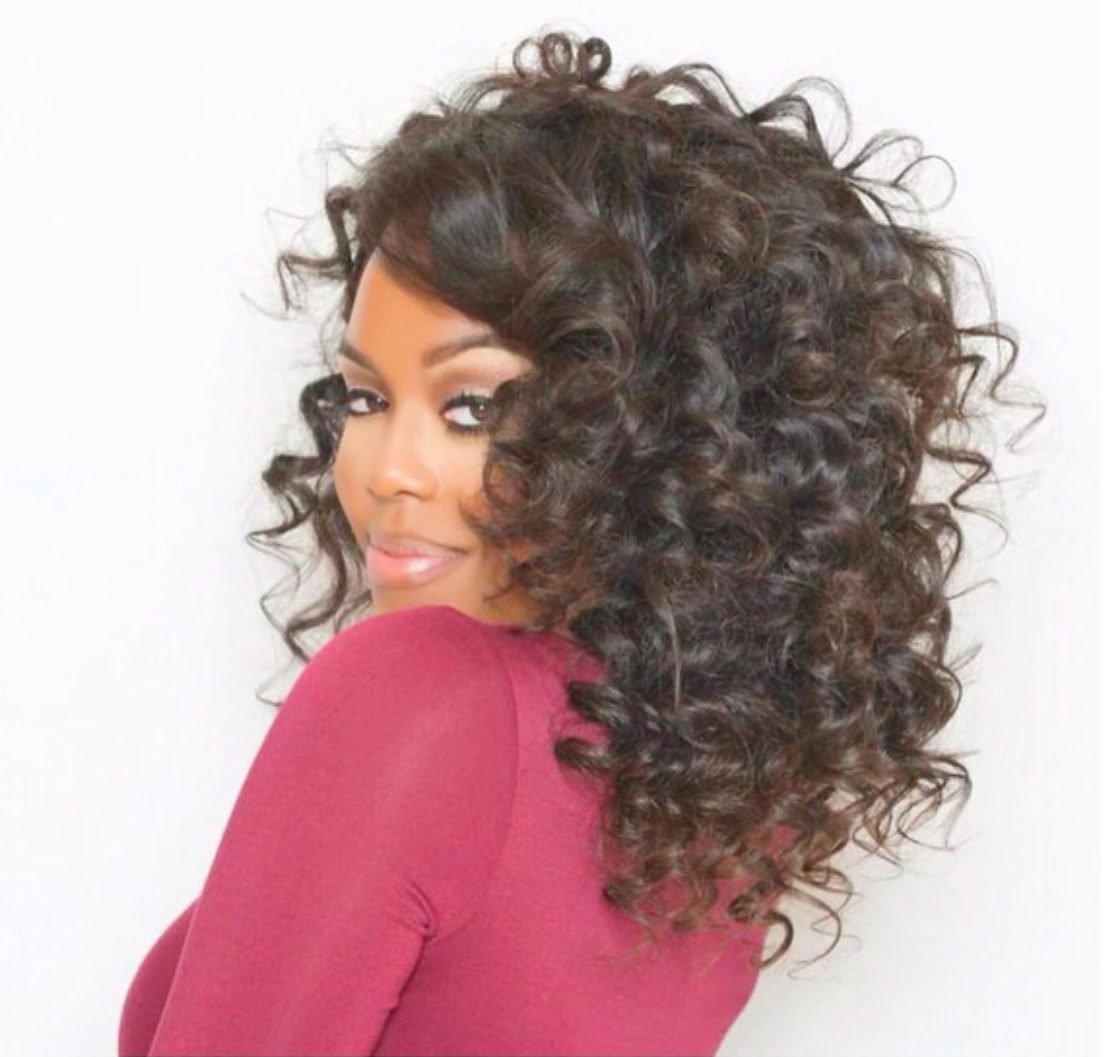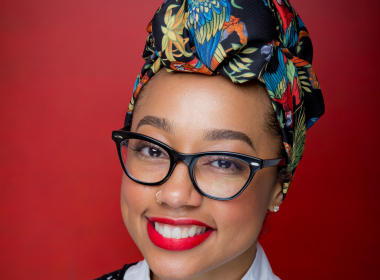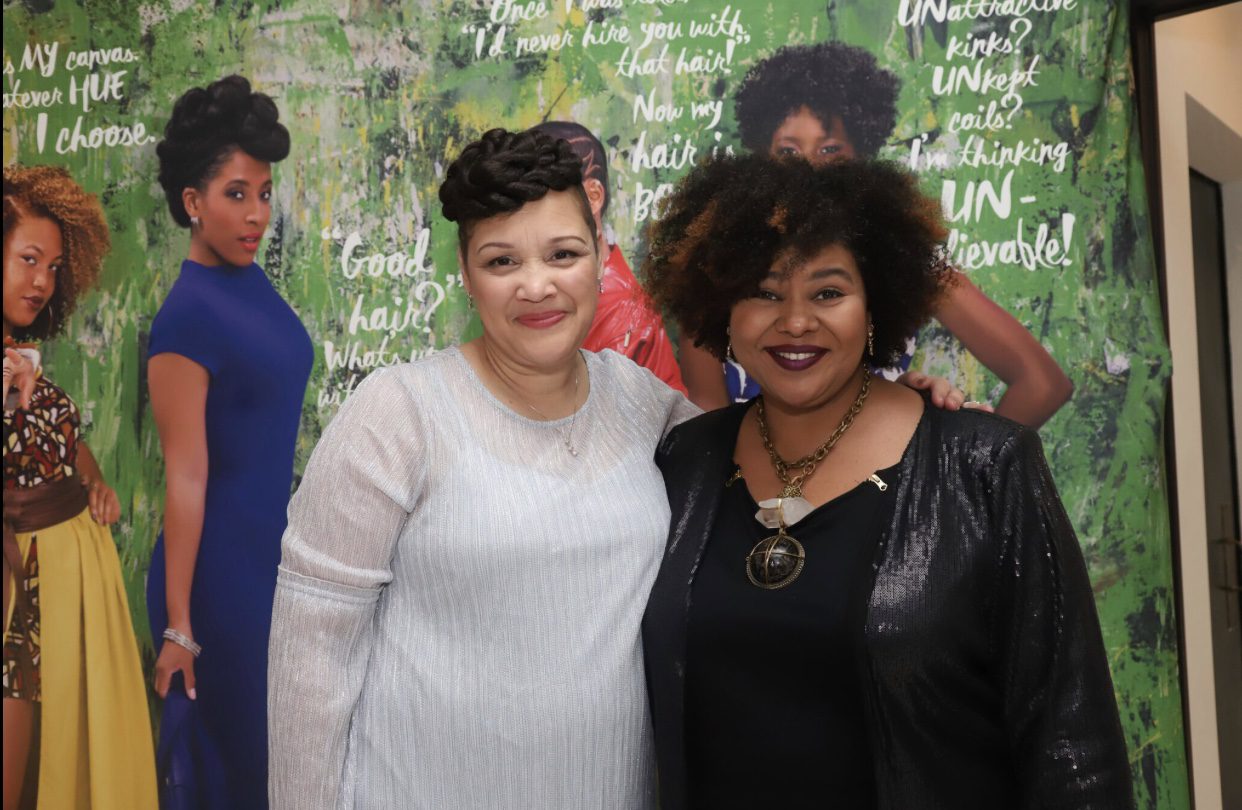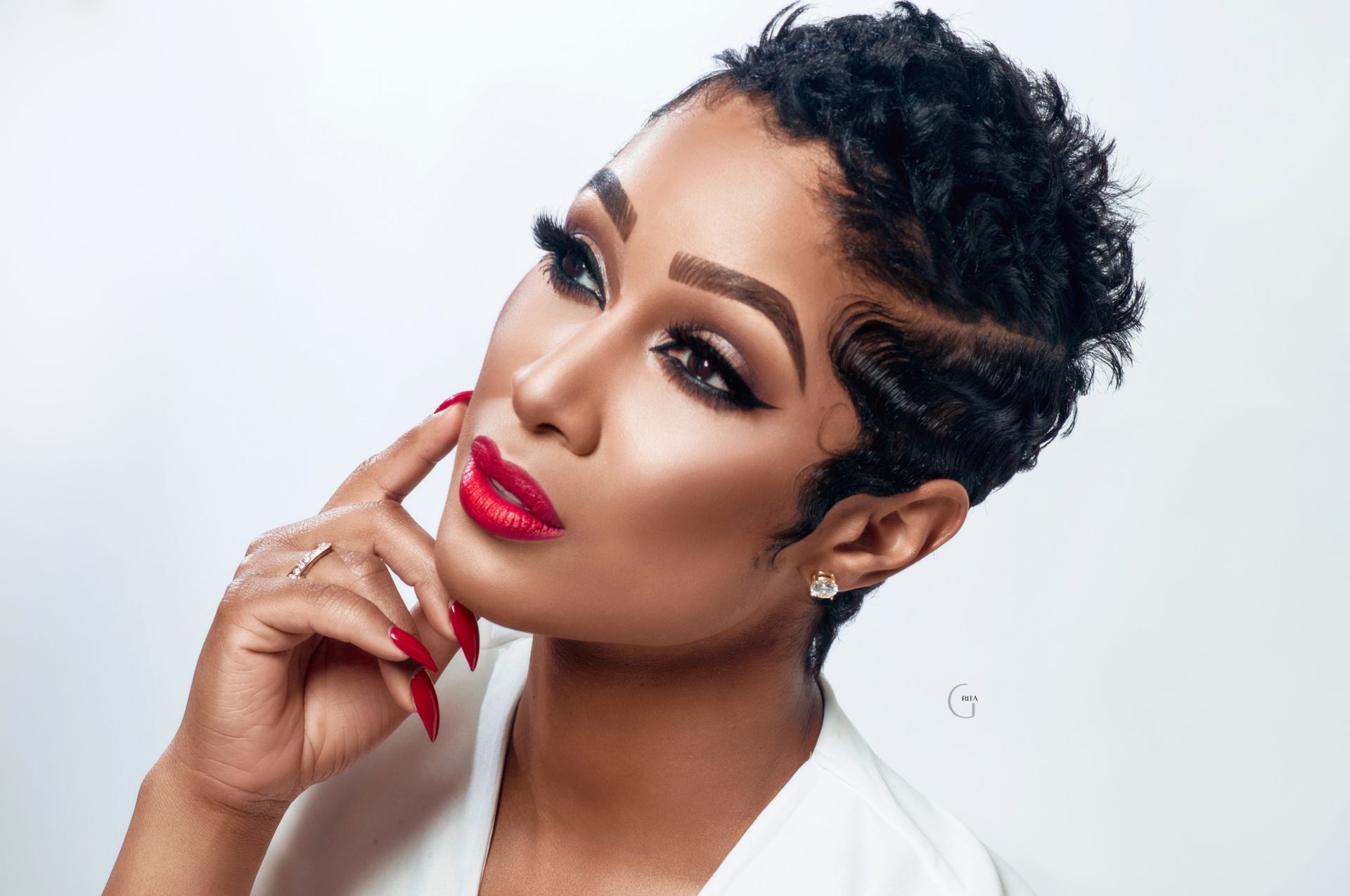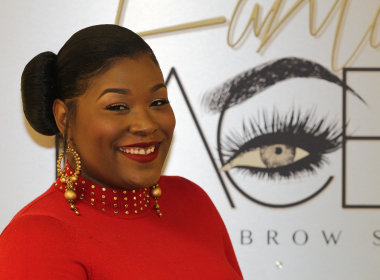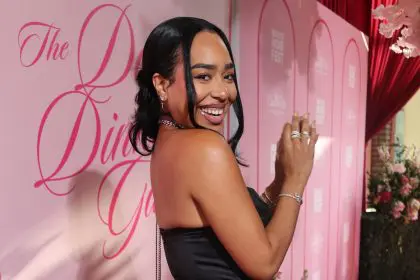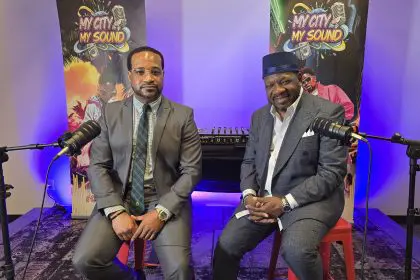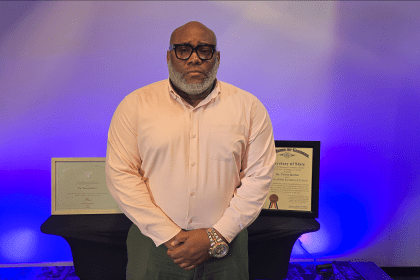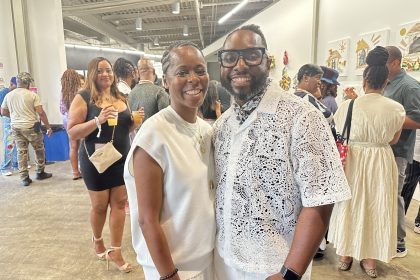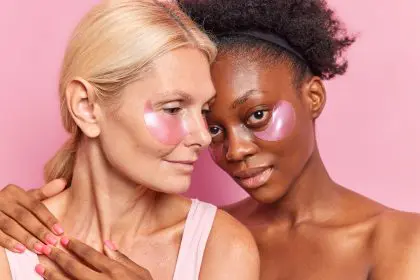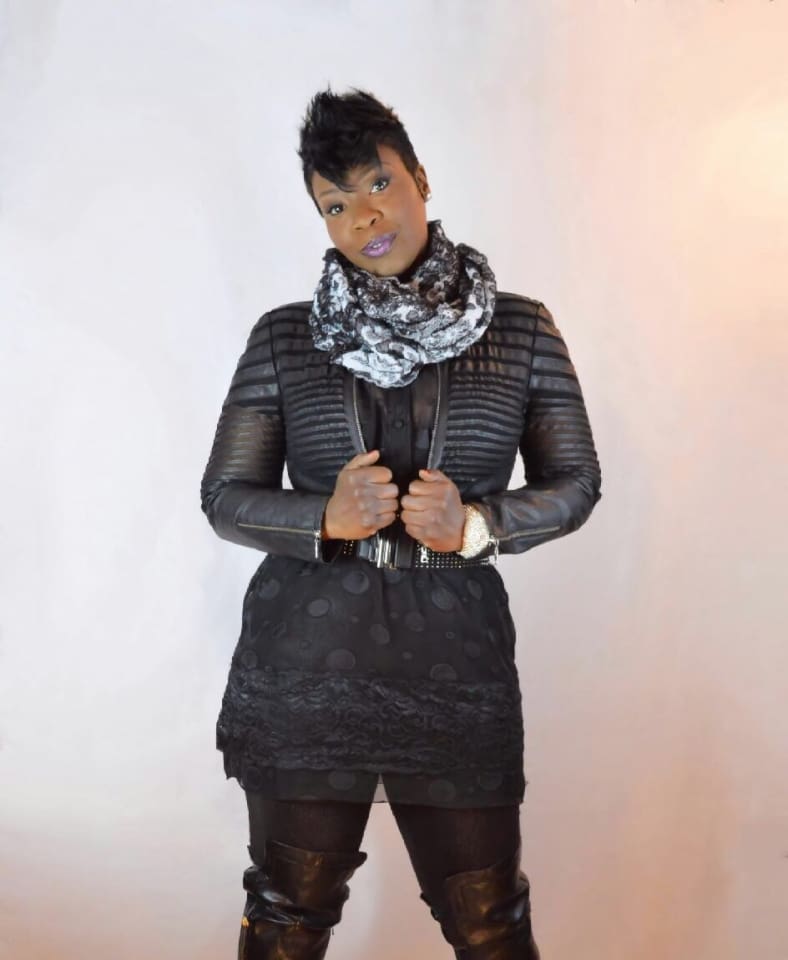
Cynthia M. Lumzy is a seasoned, multicultural hairstylist from Dixon, Illinois. In 2010, Lumzy opened My Alter Ego Salon, becoming the only African American business owner in the city. An African American hairstylist with 75 percent Caucasian clients, Lumzy is considered a hybrid stylist. Her professionalism, creativity and expertise have placed her as one of the top stylists in the area, providing the small town community with big city style.
The starting point for Lumzy’s career was attending Duvardos Academy of Hair Design in Saint Louis, Missouri, where they provided her with a foundation for success. She started to hone her skills as an intern at Jon Tomas Salon and Spa in Creve Couere, Missouri, where she studied advanced color and cutting techniques, and acquired a Redken Certification. A passion was sparked for hair coloring.
Throughout her career, Lumzy has trained with the industry’s top professionals to sharpen her skills and to expand her résumé. Corrective coloring has become her main focus. She has advanced training and certifications with several product lines including Redken, Aveda, Joico, Pravana, Wella, Keune, Matrix, Mizani, Avalon and Global Keratin.
Forthcoming is a training program that will focus on universal coloring principles that will allow for crossing color product lines with an emphasis on correction. The courses will also promote the importance of maintaining professionalism and ethics in the salon environment.
What is your specialty?
While I do a little bit of everything, I’d consider myself a color specialist above all else.
Why did you become a hair stylist?
I was originally training to do something else, but like a lot of stylists, I found myself fascinated by my own hair stylist. She was beautiful, glamorous. She seemed to be making really good money and loved her work. The idea of living that kind of life really drew me in.
What does it mean to be a multicultural stylist?
At the most basic level, it means not having to turn away clients because you’re unfamiliar with their hair type. And no matter what your ethnicity is as a stylist, that means overcoming some fears and educating yourself. And why wouldn’t you? A wider client base to draw from is a beautiful thing on so many levels.
Is social media a good or bad thing for your business and clients?
While it has its headaches, I see it as an overall great thing. Business-wise, it’s an equalizer. If you’ve got great pictures and a decent sense of when and where and how to post them, you can get better exposure as a stylist two years in the game than someone who has decades of experience or has a high-end salon at their back. And it gives clients a great opportunity to look at what you’re doing, what you’re learning and get excited.
What is the most memorable client experience you’ve had?
My grandmother is and always will be my most memorable client. I’ve been doing her hair since 2003 and she’s still rocking a Jheri curl.
What three hair tips would you give our readers?
Especially for color treated hair, you should be doing a moisture treatment weekly and a protein treatment monthly. And for all hair types, do not forget about nourishing the hair from the inside out. Stay hydrated. Eat a healthy diet. Get enough sleep. That basic stuff you get tired of being told, but you keep hearing because it’s true!
What are two myths you’d like to dispel regarding caring for African American hair?
The biggest one is relaxed hair can be colored or lightened and still be healthy. It involves a well trained stylist who makes use of all the tools in their arsenal, and a client with good at home care, but it’s absolutely possible.
The second is one I get a big reaction out of online: keratin treatments. When following manufacturers instructions and a little common sense, no heat damage will occur. What you see may look scary, especially to people who tend to avoid heat styling, but performed by a well trained stylist they’re perfectly safe. And customizable.
How often should a woman see her stylist?
That really depends on the individual, so my best advice here is to listen to your stylist! They know what the optimum appointment times are for maintenance for whatever your particular hair situation is. And if you need to stretch things out, let them know. If you can’t afford every four weeks and are stretching it to eight or twelve, tell your stylist. They may be able to suggest a plan of attack that will weather your time frame a little better.
How often should a woman wash her hair?
Again, this is something so individual. I would recommend each woman consult their stylist about it. Hair washing needs depend on hair type, scalp condition, activity level and more. Some women need nearly every day and some can go much longer.
Is it safe for a woman to dye her own hair?
There’s really no one answer for that, because each head of hair is completely different. That’s one of the many reasons I don’t ever recommend it. At home coloring options are more of a one size fits all thing.
What hair color brand is best for women of color?
Oligopro is my favorite, hands down.
Do you think coloring is good for Black women?
It absolutely can be. When the health of the hair and scalp are correctly taken into account, there’s no reason you can’t change your look up with a little color and still have a healthy, gorgeous head of hair.
Which type of color should one use on top of a relaxer and how long should one wait before coloring?
I generally prefer to wait at least a week between a relaxer service and color service. What type of color really depends on the integrity of the hair and the desired effect. If the hair is a little on the compromised side, I might stick with a semi- or demi-permanent color to add a little richness without opening that cuticle up any more. But if the hair is healthy and strong? There’s no reason you can’t put a little permanent color or even lightener into the mix.

